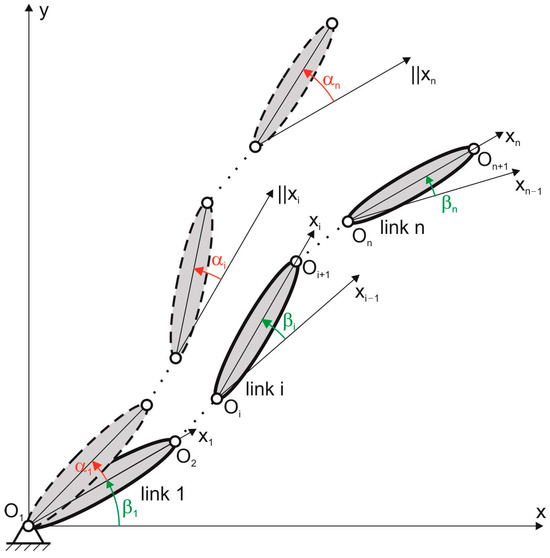Analysis, Control and Applications of Multibody Systems
A topical collection in Applied Sciences (ISSN 2076-3417). This collection belongs to the section "Mechanical Engineering".
Viewed by 3266Editors
Interests: vehicle dynamics; multibody dynamics; optimal control; road vehicles; mechanical vibrations
Special Issues, Collections and Topics in MDPI journals
Interests: robotics; redundant robots; trajectory optimization; collaborative robots; rehabilitative robotics; dynamic models
Special Issues, Collections and Topics in MDPI journals
Interests: vehicle dynamics; vehicle control; vehicle state estimation; robotics; control theory
Special Issues, Collections and Topics in MDPI journals
Topical Collection Information
Currently, a multibody approach for the dynamic analysis of mechanical systems is widely applied in many industry fields, including automotive, aerospace, robotics, mechatronics, biomechanics, etc. Historically, multibody systems consisted of a number of interconnected rigid bodies, while today it is common to include flexible bodies, as well as dynamic models of the control systems being applied to the mechanical system under investigation. This Special Issue intends to present new contributions in modelling, analysis, and control of multibody systems.
Papers are welcome on topics that are related to the theory, practice, and applications of multibody systems, including, but not limited to, the following:
- Real-time simulation of multibody systems;
- Control of multibody systems;
- Flexible multibody dynamics;
- Vehicle dynamics modelling;
- Vehicle-driver interaction;
- Robot dynamics;
- Robot vibrations;
- Optimization of robotic applications;
- Control of mechanical systems.
- The identification and dynamics of multibody systems;
- Dynamics stability and control of vehicles;
- The dynamics and control of robots;
- Innovative robots;
- Medical robotics (surgery, rehabilitation);
Prof. Dr. Matteo Massaro
Dr. Matteo Bottin
Prof. Dr. Basilio Lenzo
Guest Editors
Manuscript Submission Information
Manuscripts should be submitted online at www.mdpi.com by registering and logging in to this website. Once you are registered, click here to go to the submission form. Manuscripts can be submitted until the deadline. All submissions that pass pre-check are peer-reviewed. Accepted papers will be published continuously in the journal (as soon as accepted) and will be listed together on the collection website. Research articles, review articles as well as short communications are invited. For planned papers, a title and short abstract (about 100 words) can be sent to the Editorial Office for announcement on this website.
Submitted manuscripts should not have been published previously, nor be under consideration for publication elsewhere (except conference proceedings papers). All manuscripts are thoroughly refereed through a single-blind peer-review process. A guide for authors and other relevant information for submission of manuscripts is available on the Instructions for Authors page. Applied Sciences is an international peer-reviewed open access semimonthly journal published by MDPI.
Please visit the Instructions for Authors page before submitting a manuscript. The Article Processing Charge (APC) for publication in this open access journal is 2400 CHF (Swiss Francs). Submitted papers should be well formatted and use good English. Authors may use MDPI's English editing service prior to publication or during author revisions.
Keywords
- multibody dynamics
- multibody systems
- multibody control
- flexible bodies
- vehicle dynamics
- robotics
- path planning









